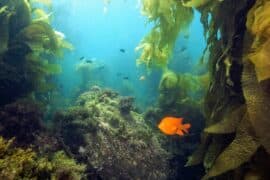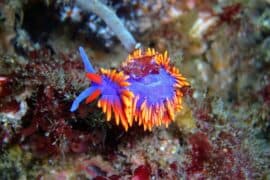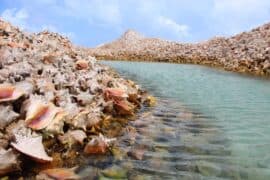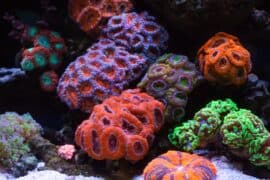Common paper wasp
(Polistes humilis)
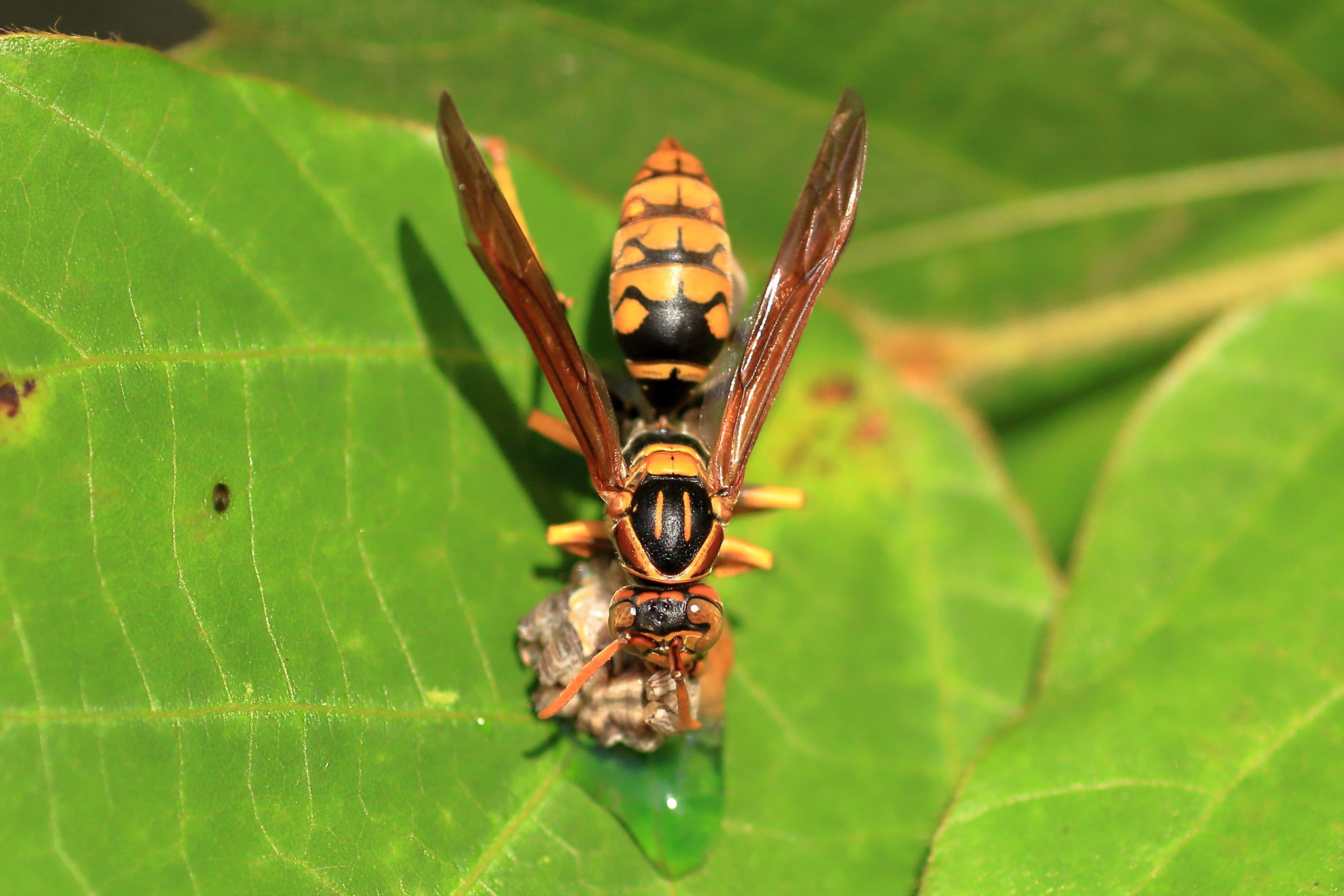
Description
Polistes humilis, known as the common paper wasp, is a species of wasp in the Vespidae family that is found throughout Australia and which has been introduced to northern New Zealand. These paper wasps can be identified by their long thin legs and banded yellow and black coloring. They have been known to re-utilize old nests. While the species does not exhibit morphological class differences, there are distinct behavioral differences between queens and workers. In addition, the species is eusocial and benefits from relatedness between individuals. They are known for delivering a painful sting, especially when their nest is disturbed, a behavior that has been developed as a nest defense mechanism. While wasps are often viewed negatively, they play an important pollination role for many plants. Polistes humilis is in the genus Polistes, which consists of 150 species that can be found in all regions except the world's coldest climates. Polistes humilis was the only species of the tribe Polistini found in New Zealand after it was accidentally introduced from Australia, prior to the introduction of the Asian paper wasp, Polistes chinensis in 1979. This species of wasp can be identified by its slender body structure and banded coloring. Adults have yellow faces and are 10-15mm long with a tannish-red coloration. Males can be distinguished from females by a yellow marking on the abdomen area. In addition, Polistes humilis are generally bigger than most other paper wasps. Nests of this species can be identified by their cone shaped appearance with multiple hexagonal cells. The species builds its nest out of grey wood fiber material, which is a mixture of its own saliva and wood. Unlike most species of wasps, Polistes humilis colonies have been known to re-utilize old nests from year to year. Some colonies overwinter and shelter above the comb in colder months. Polistes humilis is mostly found in Australia, particularly in southern Queensland, New South Wales, Victoria, and South Australia. While this species is native to Australia, the species was accidentally introduced to New Zealand in the 1880s and has established a stable population in that country, largely confined to the North Island north of Tauranga and west of Te Kuiti. Environmentally, the highest abundance of P. humilis can be found in shrublands. However, the species can also be found in flax swamps and forest sites.
Taxonomic tree:


